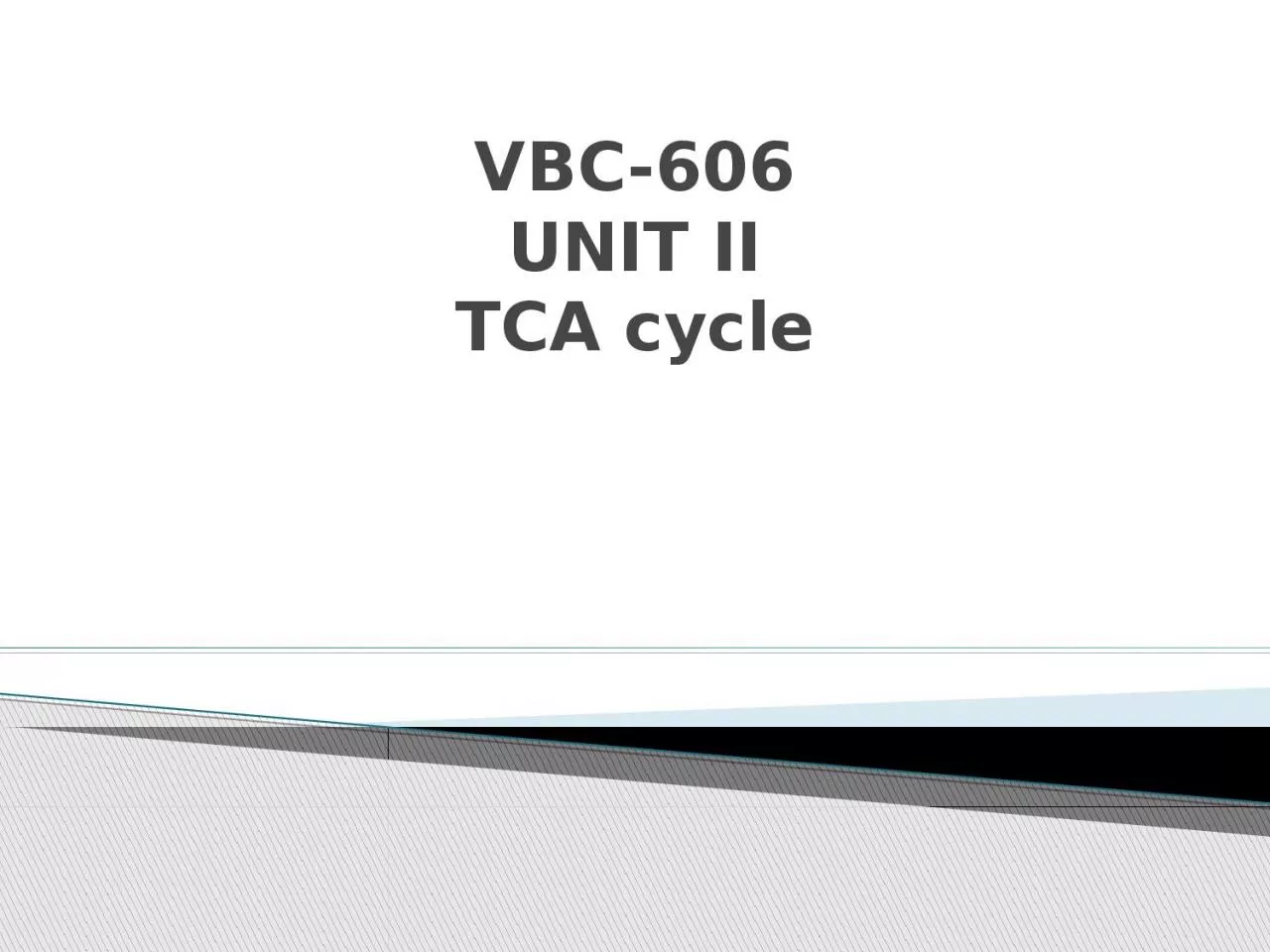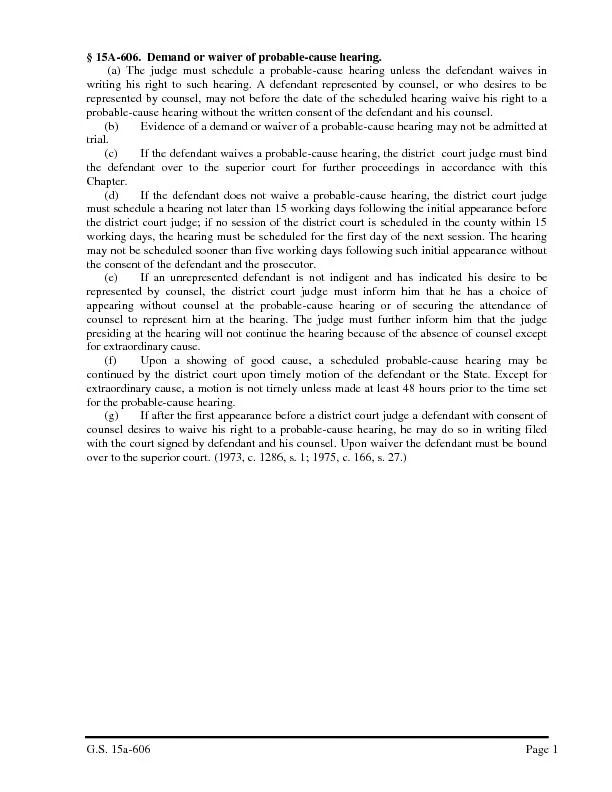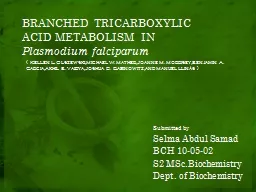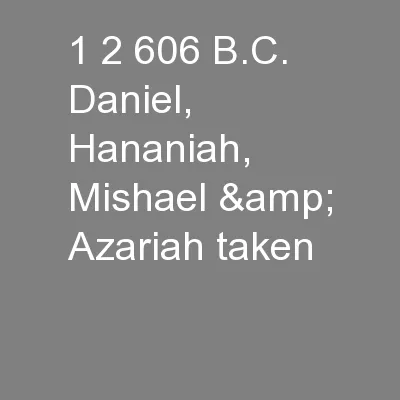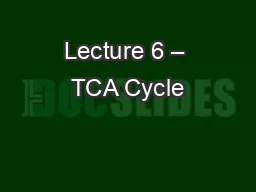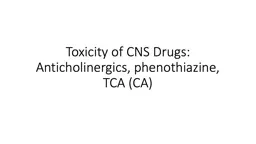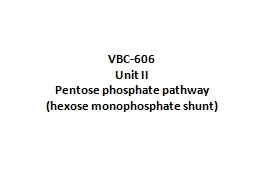PPT-VBC-606 UNIT II TCA cycle
Author : emery | Published Date : 2022-06-15
Citric Acid cycle or Tricarboxylic Acid cycle or Krebs Cycle Overview and brief history Pyruvate Dehydrogenase Complex PDC and its control Reactions of TCA cycle
Presentation Embed Code
Download Presentation
Download Presentation The PPT/PDF document "VBC-606 UNIT II TCA cycle" is the property of its rightful owner. Permission is granted to download and print the materials on this website for personal, non-commercial use only, and to display it on your personal computer provided you do not modify the materials and that you retain all copyright notices contained in the materials. By downloading content from our website, you accept the terms of this agreement.
VBC-606 UNIT II TCA cycle: Transcript
Download Rules Of Document
"VBC-606 UNIT II TCA cycle"The content belongs to its owner. You may download and print it for personal use, without modification, and keep all copyright notices. By downloading, you agree to these terms.
Related Documents

